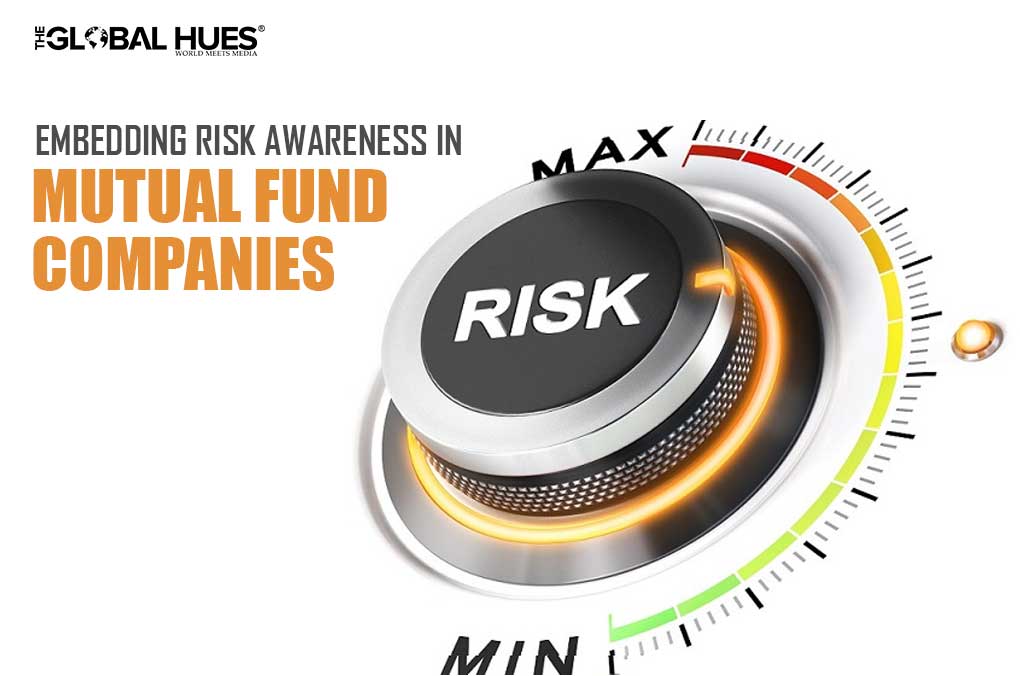Recognizing the fact that there have been significant developments in the MF industry in product innovation, investment in newer asset classes, distribution landscape, technological evolution, investor penetration and awareness, increase in risk elements, etc, SEBI has comprehensively reviewed its extant framework for risk management. In September 2021, it came out with a landmark circular on Risk Management Framework (RMF) to foster a risk-conscious culture in Mutual Funds (MFs). The Framework has now been made effective from April 1, 2022.

Objective
With the overall objective of management of key risks involved in mutual fund operation, the revised RMF shall provide a set of principles or standards, which inter alia comprise the policies, procedures, risk of management functions and roles & responsibilities of the management, the Board of AMC, and the Board of Trustees.
The objectives of RMF should assist the management and the Board of Directors of both AMC and Trustees in demonstrating high standards of due diligence in daily management, promoting proactive management and early identification of risk, assigning accountability in the organization, and managing risk within the tolerance limits defined in the RMF.
The RMF comprises the components of governance and organization, identification of risks, measurement and management of risks and reporting of risks and related information. Importantly, the elements of RMF have been segregated into ‘mandatory elements’ which should be implemented by the AMCs, and ‘recommendatory elements’ which address other leading industry practices that can be considered for implementation by the AMCs, to the extent relevant to them.
Roles & Responsibilities
Risk Management shall be an independent and specific function of the AMC. There should be at least one CXO level officer identified to be responsible for the risk management of specific functions of the AMC/Mutual Fund. For instance, there should be dedicated risk officers for various key risks such as Investment Risk (by Chief Investment Officer), Compliance Risk (by Chief Compliance Officer), Operational Risk (by Chief Operating Officer, etc.
However, for the overall risk management of the mutual fund, along with the management, both board of AMC and trustees should also be responsible. For this purpose, both the AMC and the trustees should compulsorily have separate Risk Management Committees (RMCs).
Challenges
While the guidelines of RMF are exhaustive and detailed, the AMCs are likely to face some challenges, particularly in the short term. Some of these are:
-
Operating Cost
The compliance cost and expenses for putting in place the required risk management processes, risk-resilient infrastructure, hiring of professionals, training etc. will increase operating cost for AMCs. The small-sized AMCs may feel the pinch more.
-
Absence of Risk Management tools
There is often a general indifference or unpreparedness with respect to matters of risk. MFs are no exception. Now that RMF mandates the use of risk management tools like scenario analysis, stress testing etc. for risk analysis, quantification and monitoring, AMCs will need to quickly invest in capacity building and embrace appropriate statistical tools, models, and best practices.
-
Finding domain specialists and professionals
RMF has caught many AMCs unawares and has created an urgency to tap right professionals and domain experts, particularly at senior levels, to comply with the SEBI guidelines. As most of the AMCs would be in this situation, finding right talent immediately may be a challenge.
-
Customisation of the risk-related policies
AMCs should have formulated the ‘mandatory’ policies in compliance with the framework with their own internal resources and expertise. The industry body AMFI is also lending a helping hand in crafting policies. Yet, the AMCs would need to ‘customize’ the policies in the light of their own risk assessment, challenges, experiences, learnings, and perceptions to make them really useful.
-
Need for intensive training Needs
There is an immediate need for AMCs to impart training not only to employees but also to distributors and service providers to build a risk-sensitive ecosystem. Even AMC /Trustee Board members need to be alive, updated and upskilled on RMF related issues.
Way Forward
SEBI’s RMF enables the MF industry to address risk professionally, comprehensively, and competently while carrying out its day-to-day business. If implemented effectively and wholeheartedly, this would make the AMCs not only agile, strong, and resilient but also help win confidence and trust of investors. Yet, for an effective implementation of RMF, AMCs will need a major shift in mindset. Unless risk-awareness and risk-identification are mainstreamed across departments, keeping a single and integrated view on risk, instead of working in silos, any framework or tools may not give desired result. A collaborative effort of AMCs, the Boards, and AMFI would be critical to truly foster and deepen a risk-conscious culture in the mutual fund business.




